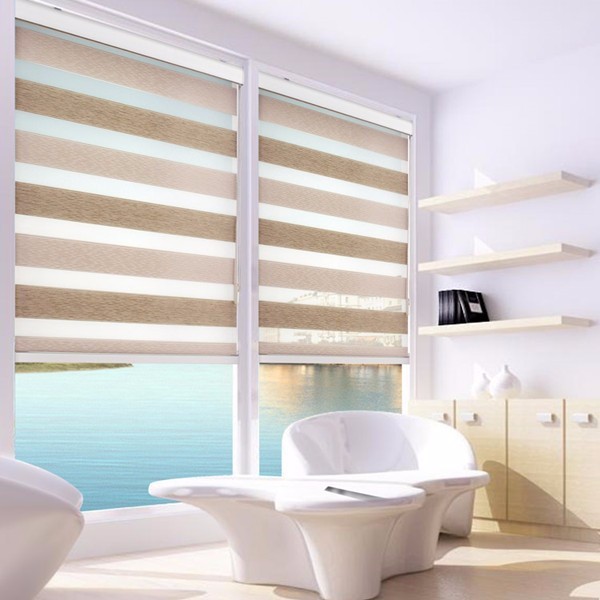Since their innovation there have been huge advancements and developments in radiator production so that they can produce optimal efficiency and cost efficiency. The size and power will typically determine just how much heat it will create. Smaller radiators will appropriate for heating smaller spaces while large rooms will need larger more effective heating unit. There are a variety if different kinds of radiators which have been designed to please particular consumer requirements. All types available today are variations of the timeless steel radiator style.
Steel Panel DesignIn commercial and domestic residential or commercial properties, the steel radiator is still the market leader and is used more than any other kind of radiator. In recent years there have been relocations towards the compact design radiator which is currently fitted grills and end panels.
Compact StyleCompact radiators are a significantly popular choice of radiator given that they take up little space and come pre-fitted with end panels and a leading grill.
Flat Panel RadiatorsFlat panel radiators have integrated grills and fitted end-panels. Their use is predominately for industrial functions. If there is a high risk of damage of vandalism, then sturdy varieties of the flat panel radiator are installed.
Low Surface Temperature DesignLow Surface Temperature Radiators comply with NHS standards by having a surface temperature central heating radiators double panel level that does not exceed 43 ° C. Due to their increased security, they are primarily used in health centers and healthcare buildings along with kids's nurseries and bedrooms.
Towel StyleTowel radiators are typically linked to the properties central heating system and will heat up both towels and the room itself. Due to their multi-purpose usages, they are preferred and can be more cost-effective than other types of radiators. They are offered in a variety of styles and colours.
Tubular RadiatorThese are designer-type, towel radiators which are typically quite pricey as makes can provide a variety of styles and colours. These types of radiators can be provided with an optional electric aspect.
Compact, low-surface, tubular, towel, steel and flat-panel radiators are simply a few of the numerous varied styles of radiators readily available on the marketplace today.
How to Bleed your Radiator 6 Easy Steps If you've seen that your radiator does not heat up as it used to, than you ought to read this article. It is great to have your system examined every year or two; besides the specialist examine up, you can also do things on your own, like bleeding.
Do your radiators need bleeding? In order to evaluate whether your radiator requires bleeding or not, you can take the following steps:
If there is a big difference, the radiator certainly needs to be bled.
What's the problem? You get this problem since air accumulates in the hot water system and this will imply that you will not get the full amount of heat that you are supposed to receive. When you discover that you do not get the same amount of warmth from your radiator as you used to have, then it is high time you considered bleeding the pipelines.
What's the advantage of bleeding the pipework? By bleeding the radiators, you enhance your home's heat efficiency and you might even save cash. Since air is not an efficient heat conductor compared to water, it can end up being pricey to run the radiator with air inside, given that you would not be getting the full efficiency out of your system.
Steps of bleeding the pipework
Security suggestion: Because mains water includes a percentage of biological sediment, methane can form inside your radiators. For this factor, keep naked flames away from the location where you are working.
Final Step: Check for any leakages; it is typical for the pipeline connection to wear or for the valve connection to get loose over time.

If you see any water leak around the valve, you ought to think about either altering the valve or the packaging; if you alter the packing, shut off the supply valve first and after that re-tighten the packing.
In case this did not fix the issue, you might think about balancing central heating radiators. If you wish to see an useful demonstration of bleeding a radiator, you can have a look at this radiator bleeding video demo. Good luck!

 Log in with Facebook
Log in with Facebook 


 he definition.
he definition.




